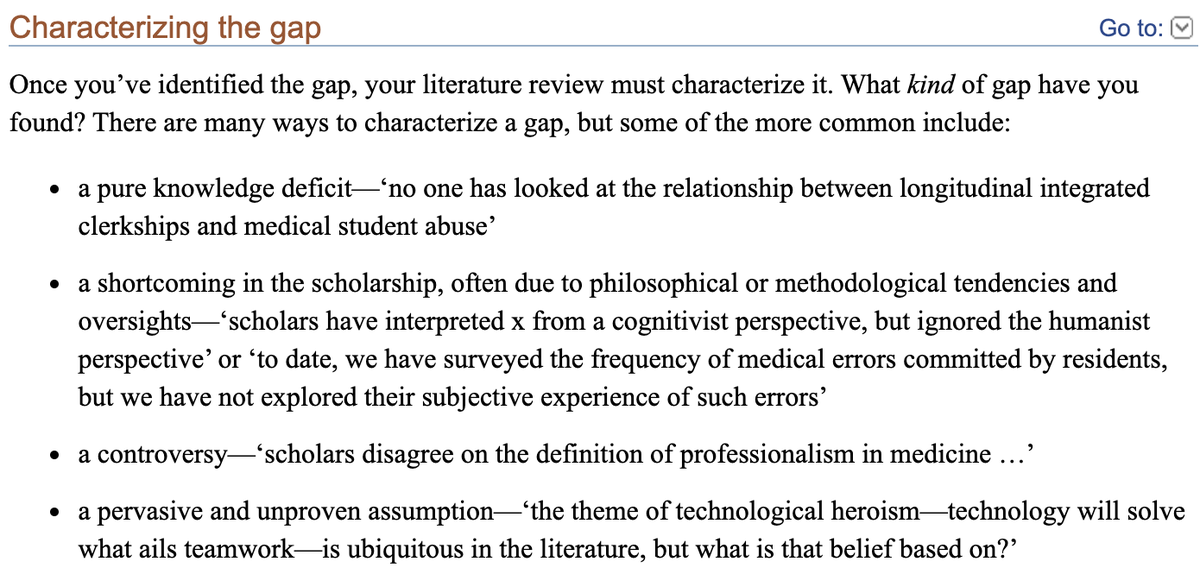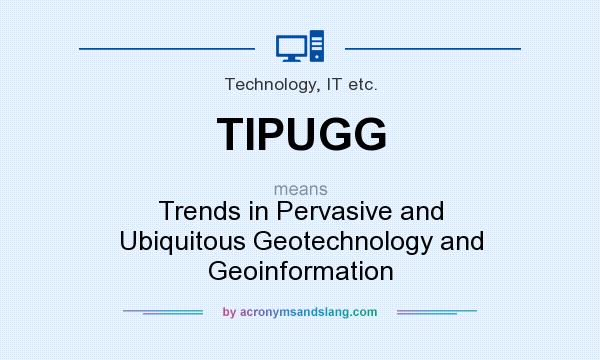
This chapter examines common experiences survivors may encounter immediately following or long after a traumatic experience.Definition of a Pervasive Architecture for a Central Monitoring of Homecare Systems: 10.4018/978-1-4666-8828-5.ch019: Every year the queues in hospitals.In the first phase of this study, a new definition of pervasive health was created. Providers need to understand how trauma can affect treatment presentation, engagement, and the outcome of behavioral health services. Trauma-informed care (TIC) involves a broad understanding of traumatic stress reactions and common responses to trauma.


Meaning of pervasive with illustrations and photos. Therefore, health is not only a state determined by health care professionals and related authorities, but also an individually experienced state with many determinants, such as lifestyle, environment, social, and cultural aspects.Definition of pervasive in the Fine Dictionary. Broadly, health covers a person’s physical and mental, as well as economic and social, well-being.
The availability of information and communication technologies (ICT), ubiquitous computing, ambient intelligence, motes, sensors, and sensor networks is changing health care. Traditionally, health care is an institutionalized and regulated system that occurs in controlled environments. Related words - pervasive synonyms, antonyms, hypernyms and hyponyms.From Longman Dictionary of Contemporary English pervasive pervasive / pvesv pr-/ adjective COMMON existing everywhere the pervasive influence of television the all-pervasive mood of apathy pervasiveness noun uncountable Examples from the Corpus pervasive Though enunciation is given to such feelings on occasion, it is.
Pervasive health and health care are separate concepts with many overlapping goals (ie, making services available to everyone). Ubiquitous computing technology, sensor networks, and ambient intelligence have initiated the birth of pervasive health. 15 synonyms for pervasive: widespread, general, common, extensive, universal, prevalent, ubiquitous. Synonyms for pervasive in Free Thesaurus. It uses ubiquitous technology for continuously monitoring patients anywhere, for proactive prevention and early detection of diseases, and for ubiquitous access to medical data. Ubiquitous health care is another new paradigm, which is closely related to biomedical engineering, health informatics, and ubiquitous computing.

International standardization organizations are also developing standards targeting secure processing of health information, such as the International Organization for Standardization’s (ISO) Health informatics TC 215 standard. The interest of the DS is to minimize loss of privacy at an acceptable level of trust.In health care, internationally adopted principles and good practice rules—such as The United Nations (UN) Universal Declaration of Human Rights, the Organization for Economic Co-operation and Development (OECD) Guidelines for the Security of Information Systems and Networks, the European Directive 95/46/EC known as the Data Protection Directive (DPD), and ethical guidelines and codes published by The World Medical Association and the International Medical Informatics Association (IMIA)—together approved the high-level frameworks for ethics and privacy protection. Data disclosure means loss of privacy, but an increased level of trustworthiness reduces the need for privacy. Both privacy and trust relate to the information subject and include knowledge or assumptions about involved entities. Privacy policies, such as a patient’s consent statement, explicitly express the DS’s privacy requirements, while trust tackles them implicitly.
Anciaux et al identified that traditional electronic health records (EHR) have no security guarantee outside the health care service domain. Coiera and Clark declared traditional access control systems inefficient because they are not content and context aware. Those documents and proposals stress that high-level policies such as withholding, trusted usage, controlled dissemination, legitimate grounds of processing, responsibilities of data processors, and purpose-based limitation are cornerstones in trusted information processing.Researchers have recognized weaknesses and challenges in current privacy solutions. His first principle, notice, is a subset of the awareness principle. Langheinrich has proposed the following principles for privacy-aware ubiquitous systems: notice, choice and consent, proximity and locality, anonymity and pseudonymity, security access, and recourse.
Kim et al pointed out that informed consent is not possible in environments with a large amount of sensors. According to Joshi et al, security-based authentication and role-based approaches are not sufficient in open systems. Hu and Weaver called current security and privacy solutions (based on a static role-based access control model) application dependent because they do not address new generations of eHealth requirements. Mitseva et al noted that protection of privacy in sensor networks must support daily private life. Pallapa et al argued that systems using ubiquitous computing have no mechanism for people to reflect their intentions.
Brown and Adams stated that the access to information should be under the control of the patient or the patient’s guardian. They also stated that patients must be able to check how principles are implemented. Haas et al proposed that the access and disclosure of EHRs be controlled by privacy policies. Kim et al recommended that data collection be under the sole control of the patient. Kendall has proposed a patient-controlled EHR for the Information Age. Ball and Gold suggested that the individual should have control of their personal health record (PHR) and should be able to know who has entered which data into the record.
Kim et al recommended the use of a security policy that includes the following rules and principles: data collection must be under the sole control of the patient, a principle of disclosure, and principles of limitation and necessity. Shankar et al stated that systems in a ubiquitous environment need dynamic- and context-based trust. Solove pointed out that protection of privacy in the Information Age requires social design and an architectural solution.
Roger-France has developed a model of special gatekeepers that control the use of EHRs. Anonymization is proposed by Huda et al as a privacy tool. One of those models is an active e-Consent system that can act as a gatekeeper. Coiera and Clarke developed models for e-Consent. Shabo developed models for “patient-held records” with principles of personal control. Mandl et al and Huda et al have recommended personally controlled health records.


 0 kommentar(er)
0 kommentar(er)
